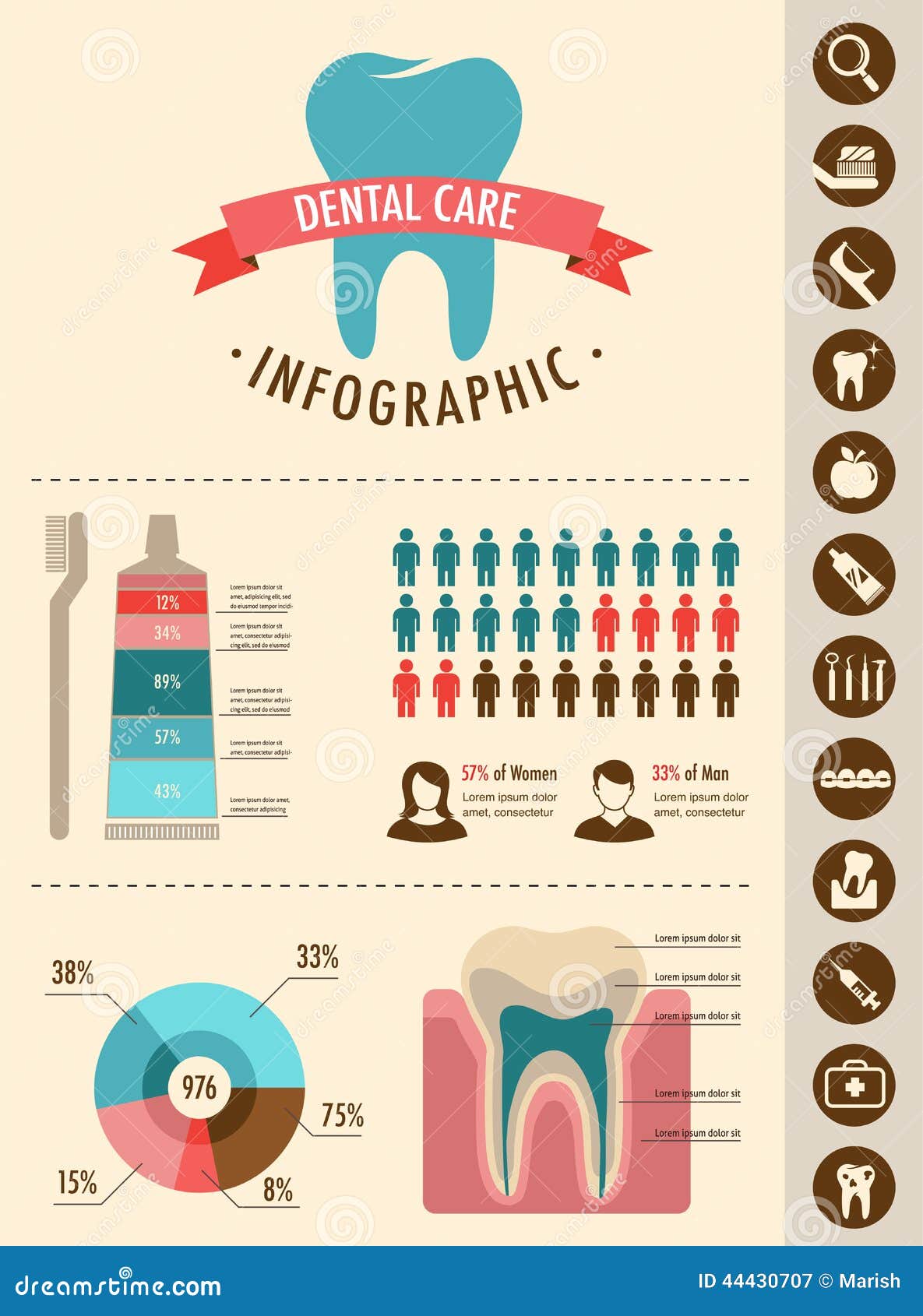The Development Of Oral Surgery: Cutting-Edge Innovations And Advancements Affecting The Area
The Development Of Oral Surgery: Cutting-Edge Innovations And Advancements Affecting The Area
Blog Article
Personnel Writer-Foldager Jonasson
Welcome to the world of dental surgery, where innovations and developments are shaping the future of the field! In this interesting realm, you'll witness the transformative power of robotics, the cutting-edge marvel of 3D printing, and the game-changing impact of minimally intrusive strategies.
The future of oral surgery holds a guarantee of accuracy, effectiveness, and boosted person end results. With the help of advanced robotics, surgeons are able to perform complicated treatments with higher precision and control.
3D printing technology is revolutionizing the development of dental implants and prosthetics, providing personalized remedies that fit perfectly right into each individual's one-of-a-kind makeup.
Additionally, minimally intrusive strategies are reducing post-operative pain and recovery time, enabling patients to go back to their day-to-days live sooner.
Get ready to check out the amazing advancements and breakthroughs that are reshaping the landscape of dental surgery!
Developments in Robotics
One significant advancement in dental surgery is making use of robotic technology, which enables accurate and reliable surgeries. With the help of robotic systems, dental specialists have the capability to do complex surgical procedures with boosted precision, lessening the threat of human mistake.
These robot systems are furnished with sophisticated imaging innovation and specific instruments that enable specialists to navigate via detailed physiological frameworks with ease. By using robotic innovation, specialists can accomplish greater medical accuracy, resulting in improved patient results and faster recuperation times.
In addition, using robotics in dental surgery allows for minimally invasive procedures, lowering the trauma to surrounding cells and promoting faster recovery.
3D Printing in Dental Surgery
To improve the area of oral surgery, you can check out the subtopic of 3D printing in oral surgery. This cutting-edge modern technology has the possible to revolutionize the way oral doctors operate and treat people. Right here are 4 crucial methods which 3D printing is shaping the area:
- ** Customized Surgical Guides **: 3D printing permits the creation of extremely precise and patient-specific surgical guides, improving the accuracy and efficiency of treatments.
- ** Implant Prosthetics **: With 3D printing, oral specialists can develop customized implant prosthetics that flawlessly fit a patient's unique composition, resulting in much better end results and client satisfaction.
- ** Bone Grafting **: 3D printing makes it possible for the manufacturing of patient-specific bone grafts, lowering the need for traditional implanting methods and enhancing recovery and recovery time.
- ** Education and learning and Educating **: 3D printing can be utilized to create reasonable medical models for academic purposes, allowing dental specialists to exercise complicated procedures before doing them on patients.
With its possible to boost precision, customization, and training, 3D printing is an amazing advancement in the field of oral surgery.
Minimally Intrusive Strategies
To even more progress the area of oral surgery, welcome the potential of minimally intrusive methods that can greatly profit both specialists and people alike.
Minimally invasive methods are changing the field by lowering medical injury, decreasing post-operative pain, and increasing the recuperation process. dentist domain austin entail using smaller sized lacerations and specialized tools to carry out procedures with precision and efficiency.
By using sophisticated imaging innovation, such as cone beam of light calculated tomography (CBCT), cosmetic surgeons can accurately plan and implement surgeries with minimal invasiveness.
Additionally, making use of lasers in oral surgery allows for precise tissue cutting and coagulation, leading to reduced bleeding and lowered healing time.
With minimally check it out , clients can experience faster healing, lowered scarring, and enhanced results, making it an important aspect of the future of oral surgery.
Conclusion
So, as you can see, the future of dental surgery is extremely appealing, with amazing technologies and advances forming the field.
From the improvements in robotics to the use of 3D printing and minimally intrusive strategies, oral surgeons are revolutionizing the method they offer treatment.
While some may worry about the possible cost connected with these improvements, it is very important to bear in mind that these modern technologies inevitably improve client end results and reduce recovery time, making them well worth the investment in the future.
